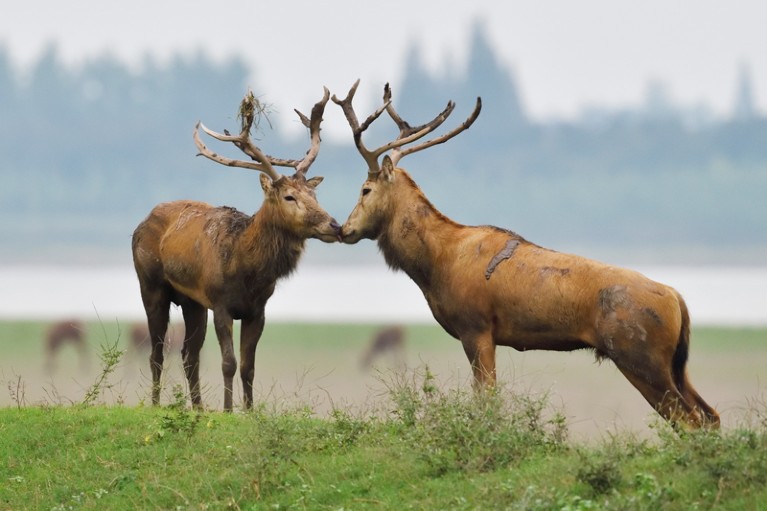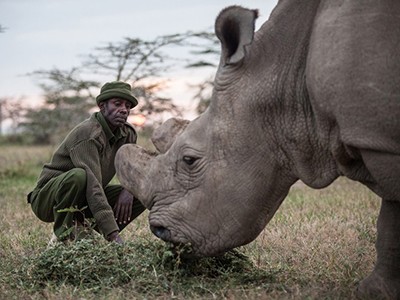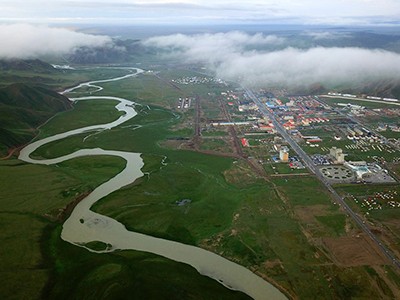
Targeted measures can help to stop extinctions, including of Père David’s deer (Elaphurus davidianus), but conserving biodiversity will also require combating climate change, cutting pollution and enhancing sustainable food systems.Credit: Staffan Widstrand/Wild Wonders of China/Nature Picture Library
Biodiversity is being lost at a rate not seen since the last mass extinction. But the United Nations decade-old plan to slow down and eventually stop the decline of species and ecosystems by 2020 has failed. Most of the plan’s 20 targets — known as the Aichi Biodiversity Targets — have not been met.
The Aichi targets are part of an international agreement called the UN Convention on Biological Diversity, and member states are now finalizing replacements for them. Currently referred to as the post-2020 global biodiversity framework (GBF), the new targets are expected to be agreed this summer at the second part of the convention’s Conference of the Parties (COP15) in Kunming, China. The meeting was due to be held in May, but is likely to be delayed by a few months. Finalizing the framework will be down to government representatives working with the world’s leading biodiversity specialists. But input from social-science researchers, especially those who study how organizations and governments work, would improve its chances of success.
A draft of the GBF was published last July. It aims to slow down the rate of biodiversity loss by 2030. And by 2050, biodiversity will be “valued, conserved, restored and wisely used, maintaining ecosystem services, sustaining a healthy planet and delivering benefits essential for all people”. The plan comprises 4 broad goals and 21 associated targets. The headline targets include conserving 30% of land and sea areas by 2030, and reducing government subsidies that harm biodiversity by US$500 billion per year. Overall, the goals and targets are designed to tackle each of the main contributors to biodiversity loss, which include agriculture and food systems, climate change, invasive species, pollution and unsustainable production and consumption.
Fewer than 20 extinctions a year: does the world need a single target for biodiversity?
The biodiversity convention’s science advisory body is reviewing the GBF and helping governments to decide how the targets are to be monitored. But researchers and policymakers have been writing biodiversity action plans since the 1990s, and most of these strategies have failed to make a lasting impact on two of the three key demands: that global biodiversity be conserved and that natural resources be used sustainably.
Some of these failures are to do with governance, which is why it is important to involve not just researchers in the biological sciences, but also people who study organizations and how governments work. This knowledge, when allied to conservation science, will help policymakers to obtain a fuller picture of both the science gaps and the organizational challenges in implementing biodiversity plans.
The GBF is a comprehensive plan. But success will require systemic change across public policy. That is both a strength and a weakness. If systemic change can be implemented, it will lead to real change. But if it cannot, there’s no plan B. This has led some researchers to argue that one target or number should be prioritized, and defined in a way that is clear to the public and to policymakers. It would be biodiversity’s equivalent of the 2 °C climate target. The researchers’ “rallying point for policy action and agreements” is to keep species extinction to well below 20 per year across all major groups (M. D. A. Rounsevell et al. Science 368, 1193–1195; 2020). Such focus does yield results. A study published in Conservation Letters found a high probability that targeted action has prevented 21–32 bird and 7–16 mammal extinctions since 1993 (F. C. Bolam et al. Conserv. Lett. 14, e12762; 2021). Extinction rates would have been around three to four times greater without conservation action, the researchers found.
But not all agree that just one target should be given priority. A group of more than 50 biodiversity researchers from 23 countries point out in a policy report this week (see go.nature.com/3fv8oiv) that data on species are distributed unequally: 10, mostly high-income, countries account for 82% of records.
The United Nations must get its new biodiversity targets right
The researchers also modelled how different scenarios would affect the GBF’s 21 targets. They found that achieving the targets would require action in all of the target areas — not just a few. Focusing strongly on just one or two targets — such as expanding protected areas — will have, at best, a modest impact on achieving the UN convention’s goals and targets.
The difficulty in getting governments to adopt such an integrated approach is that they (as well as non-governmental organizations and businesses) tend to tackle sustainability challenges piecemeal. Actions from last November’s climate COP in Glasgow, UK, will be implemented separately from those decided at the biodiversity COP because, in most countries, different government departments deal with climate change and biodiversity.
The science advisers for the biodiversity convention will meet in Geneva, Switzerland, in March to finalize their advice. They are not advocating reform of how governments organize themselves to implement policies in sustainable development — partly (and rightly) because this is generally beyond their fields of expertise. But it’s not too late to consult those with the relevant knowledge.
In the past, the UN has commissioned social scientists, for example in the UN Intellectual History Project, a series of 17 studies summarizing the experience of UN agencies spanning gender equality, diplomacy, development, trade and official statistics. However, this work, which ended in 2010, did not assess what has and hasn’t worked in science and environmental policy. Unless these perspectives are incorporated into biodiversity-research advice, any future plans risk going the way of their predecessors.

 China takes centre stage in global biodiversity push
China takes centre stage in global biodiversity push
 Fewer than 20 extinctions a year: does the world need a single target for biodiversity?
Fewer than 20 extinctions a year: does the world need a single target for biodiversity?
 The biodiversity leader who is fighting for nature amid a pandemic
The biodiversity leader who is fighting for nature amid a pandemic
 The United Nations must get its new biodiversity targets right
The United Nations must get its new biodiversity targets right








